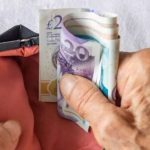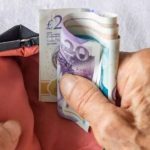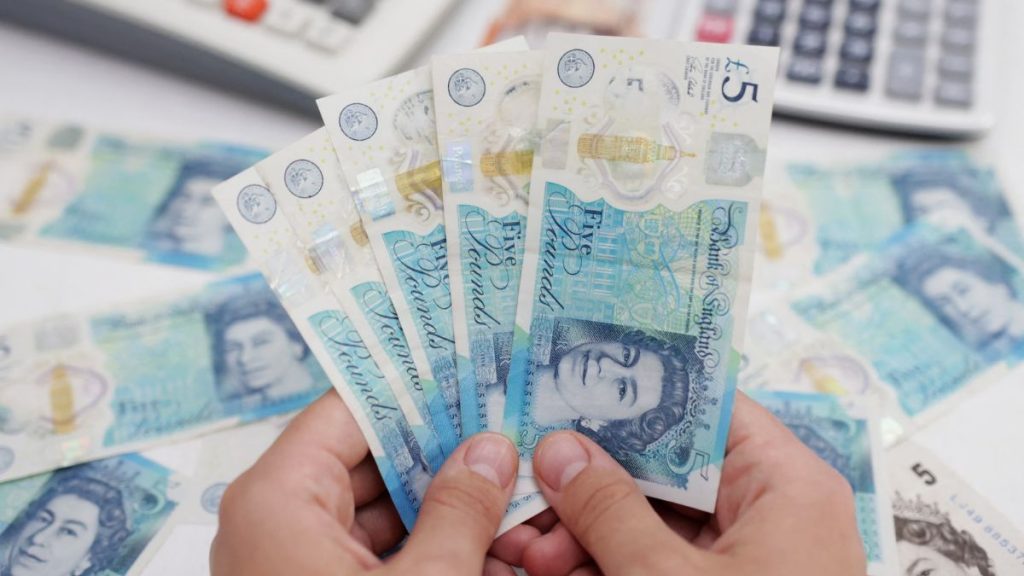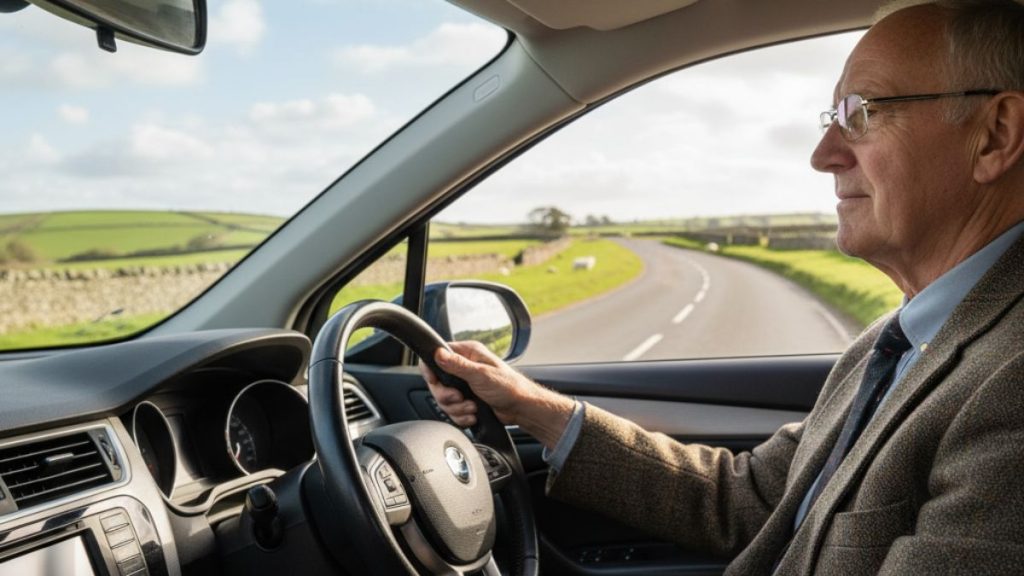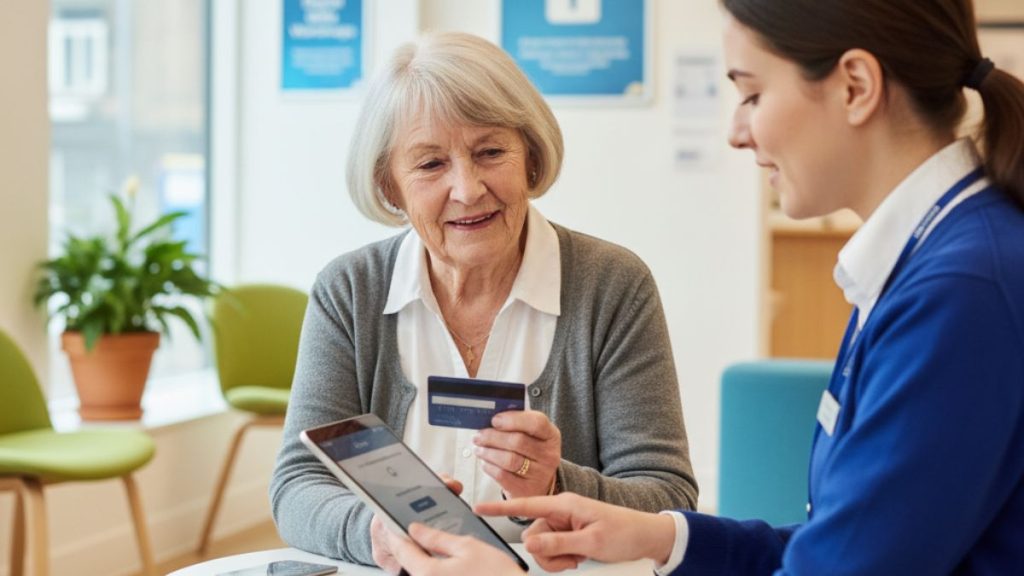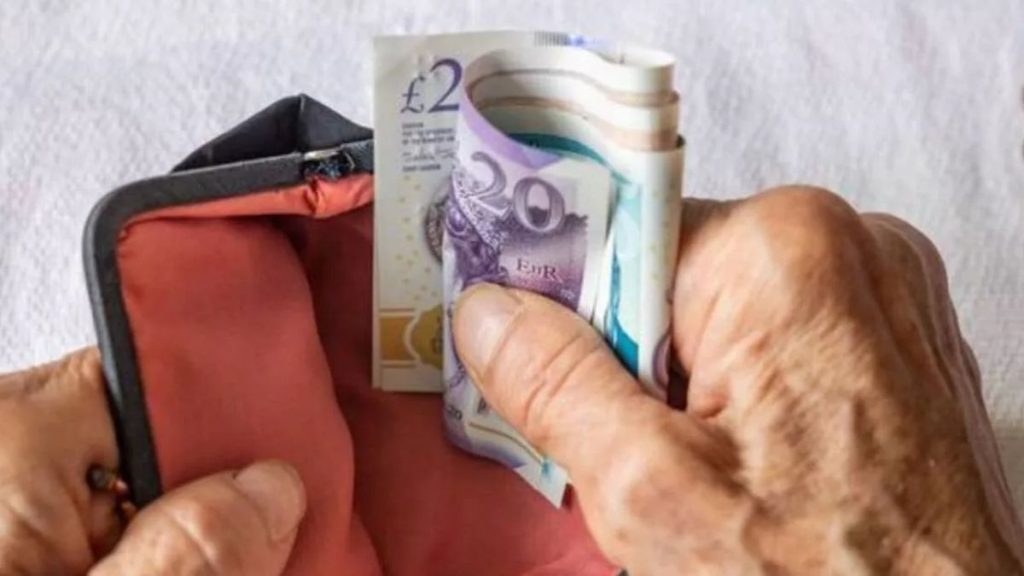With living costs still high and household budgets under strain, the Department for Work and Pensions (DWP) has confirmed a £500 Cost of Living Payment for 2025.
This new one-off support measure targets pensioners, low-income families, and disabled individuals hit hardest by rising prices for essentials such as food, fuel, and housing.
Unlike general relief schemes, this payment is targeted, ensuring that financial aid goes directly to those most in need. For millions of UK households, the £500 payment will serve as a vital financial buffer amid ongoing economic pressures.
Overview of the £500 Cost of Living Payment 2025
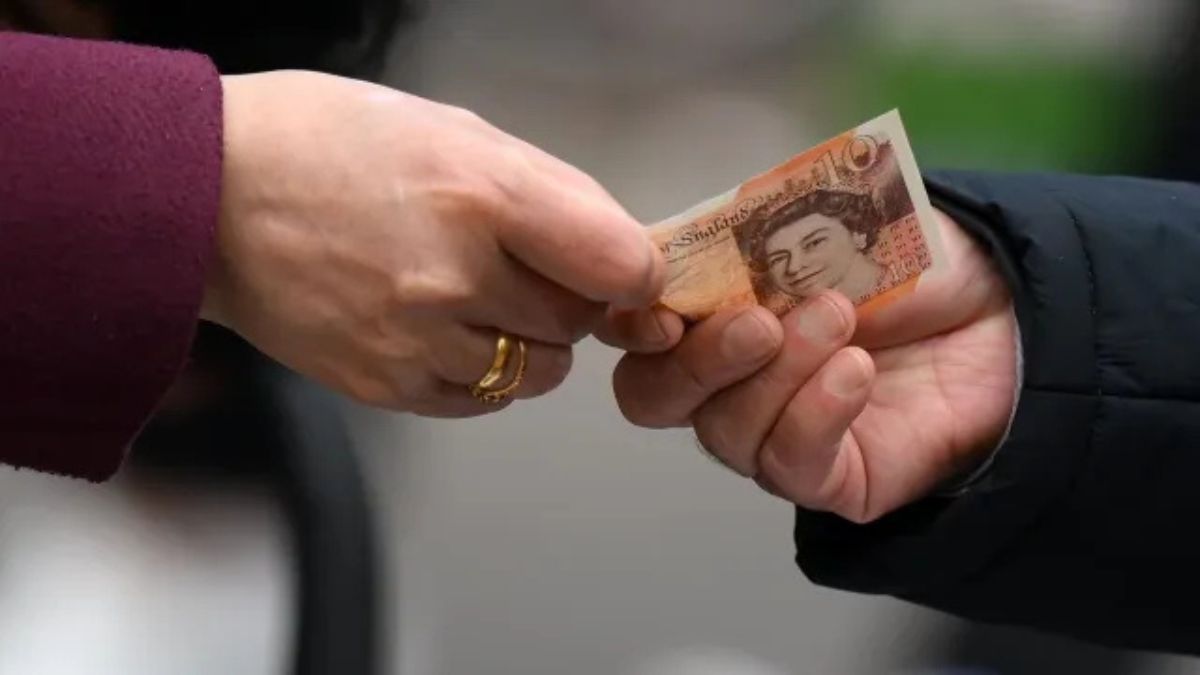
The £500 Cost of Living Payment is a tax-free, one-off payment aimed at helping vulnerable groups cope with inflation-driven price increases.
It will be distributed automatically by the DWP to eligible recipients — no separate application is required.
Here’s a quick look at the main features:
| Feature | Details |
|---|---|
| Payment Amount | £500 one-off, tax-free payment |
| Eligibility | Recipients of Pension Credit, Universal Credit, PIP, DLA, Attendance Allowance, Income Support, or income-based JSA/ESA |
| Payment Periods | Two phases: April–June 2025 and September–November 2025 |
| Application Process | Automatic for eligible claimants |
| Payment Method | Direct deposit to existing benefit bank accounts |
Why the DWP Is Continuing Cost of Living Support
While inflation has eased from its recent peaks, the effects of the cost-of-living crisis remain widespread.
Many households continue to face high prices in three key areas:
- Food Costs: Grocery prices remain around 20% higher than before the crisis.
- Housing Costs: Rent and mortgage rates have hit record highs, squeezing household income.
- Energy Bills: Though down from 2023 peaks, bills are still well above 2021 levels.
The government’s £500 Cost of Living Payment aims to offer targeted relief to those most affected, helping them manage essentials like food, utilities, and transport.
How Much Will You Get?
Eligible claimants will receive £500, paid directly into the same bank account used for existing benefits.
The payment will not affect other benefits or be subject to taxation.
The DWP has confirmed that the support is designed to help households cover key expenses, including:
- Heating and energy bills
- Food and household goods
- Transport and medical needs
- Rent or mortgage contributions
Unlike broad financial assistance programs, this payment focuses specifically on low-income and vulnerable groups, ensuring resources are allocated where they’re most needed.
Who Qualifies for the £500 Payment
Eligibility for the 2025 payment depends on the type of benefit you receive. You may qualify if you are in one of the following groups:
1. Pensioners
- Those receiving Pension Credit will automatically qualify.
- Pensioners who are eligible but not yet claiming Pension Credit should apply before the qualifying date to ensure inclusion.
2. Disabled Individuals
Those receiving any of the following disability benefits are expected to qualify:
- Personal Independence Payment (PIP)
- Disability Living Allowance (DLA)
- Attendance Allowance
The payment helps cover additional living costs for those managing medical or mobility-related expenses.
3. Low-Income Benefit Claimants
Households currently receiving the following benefits are also eligible:
- Universal Credit
- Income Support
- Income-based Jobseeker’s Allowance (JSA)
- Income-related Employment and Support Allowance (ESA)
In certain cases, those receiving Carer’s Allowance may also qualify.
Pensioners: How to Ensure Eligibility
The DWP has encouraged pensioners who may qualify for Pension Credit to check and apply as soon as possible.
A successful claim — even if backdated — can unlock access to the £500 payment and other entitlements such as Cold Weather Payments and Winter Fuel Support.
You can check eligibility using the Pension Credit calculator on GOV.UK or by calling the Pension Service helpline.
Disabled Claimants: Extra Support for Higher Living Costs
Disabled individuals often face higher household expenses due to medical or accessibility needs.
The £500 payment is intended to offset these additional costs, including:
- Energy use for medical devices or equipment
- Mobility and transportation costs
- Dietary or health-related expenses
Those already receiving PIP, DLA, or Attendance Allowance will receive the payment automatically without needing to apply.
Universal Credit Recipients: Automatic Qualification
If you are receiving Universal Credit, you should automatically receive the £500 Cost of Living Payment.
However, you must ensure that:
- Your claim remains active and valid during the qualifying period.
- There are no sanctions or suspensions that could delay your payment.
If your Universal Credit is temporarily stopped or adjusted, it may impact the timing of your Cost of Living Payment.
Do You Need to Apply for the £500 Payment?
In most cases, no application is required.
The DWP will use benefit records to determine eligibility and automatically issue payments to qualifying individuals.
You should only take action if:
- You believe you qualify but aren’t currently receiving any of the listed benefits.
- You haven’t yet applied for Pension Credit or disability benefits that could make you eligible.
Applying early ensures your details are processed before the official assessment window.
Payment Schedule: When Will the £500 Be Paid?
The DWP is expected to release funds in two separate phases during 2025, similar to previous cost-of-living programs:
| Phase | Expected Dates | Eligible Groups |
|---|---|---|
| First Phase | April – June 2025 | Early qualifying pensioners and benefit claimants |
| Second Phase | September – November 2025 | Remaining eligible claimants |
Exact payment dates will be confirmed later in the year. Recipients can expect to see the transaction in their bank account under the reference “DWP COLP” (Cost of Living Payment).
Households Not Receiving Benefits
Because this payment is targeted, those not receiving means-tested or disability benefits may not qualify.
This includes many working families who fall into the so-called “squeezed middle” — earning above benefit thresholds but still struggling with rising costs.
If you fall into this group, you may be able to access help through local authority programs, such as:
- The Household Support Fund, offering emergency help with energy bills and food.
- Council-run discretionary welfare schemes, available in some regions.
DWP’s Focus on Targeted Support
Government officials say that targeted support ensures public funds reach those facing the greatest financial vulnerability.
By automating payments through the DWP’s benefit systems, the process avoids delays and eliminates the need for new applications.
The £500 payment underscores the government’s ongoing commitment to shield pensioners, disabled people, and low-income families from continued financial pressures.
Summary: £500 Cost of Living Payment 2025
| Key Detail | Description |
|---|---|
| Payment Amount | £500 one-off payment |
| Eligibility | Recipients of qualifying benefits (Pension Credit, Universal Credit, PIP, DLA, etc.) |
| Payment Windows | April–June 2025 and September–November 2025 |
| Application Needed? | No – automatic for most |
| Payment Method | Direct to bank accounts |
| Tax & Benefit Impact | Tax-free, does not affect benefits |
FAQs: £500 Cost of Living Payment 2025
1. Who will get the £500 Cost of Living Payment in 2025?
Those receiving Pension Credit, Universal Credit, PIP, DLA, or other qualifying benefits will automatically receive it.
2. Do I need to apply for the payment?
No. Payments are automatic if you already receive an eligible benefit during the qualifying period.
3. When will the £500 payment arrive?
Payments will be made in two phases — one between April and June 2025, and another between September and November 2025.
4. Will it affect my other benefits or taxes?
No. The £500 Cost of Living Payment is tax-free and does not affect benefit entitlements.
5. What if I don’t get benefits but still struggle with costs?
You can seek help through your local council’s Household Support Fund or similar schemes for energy and food assistance.




